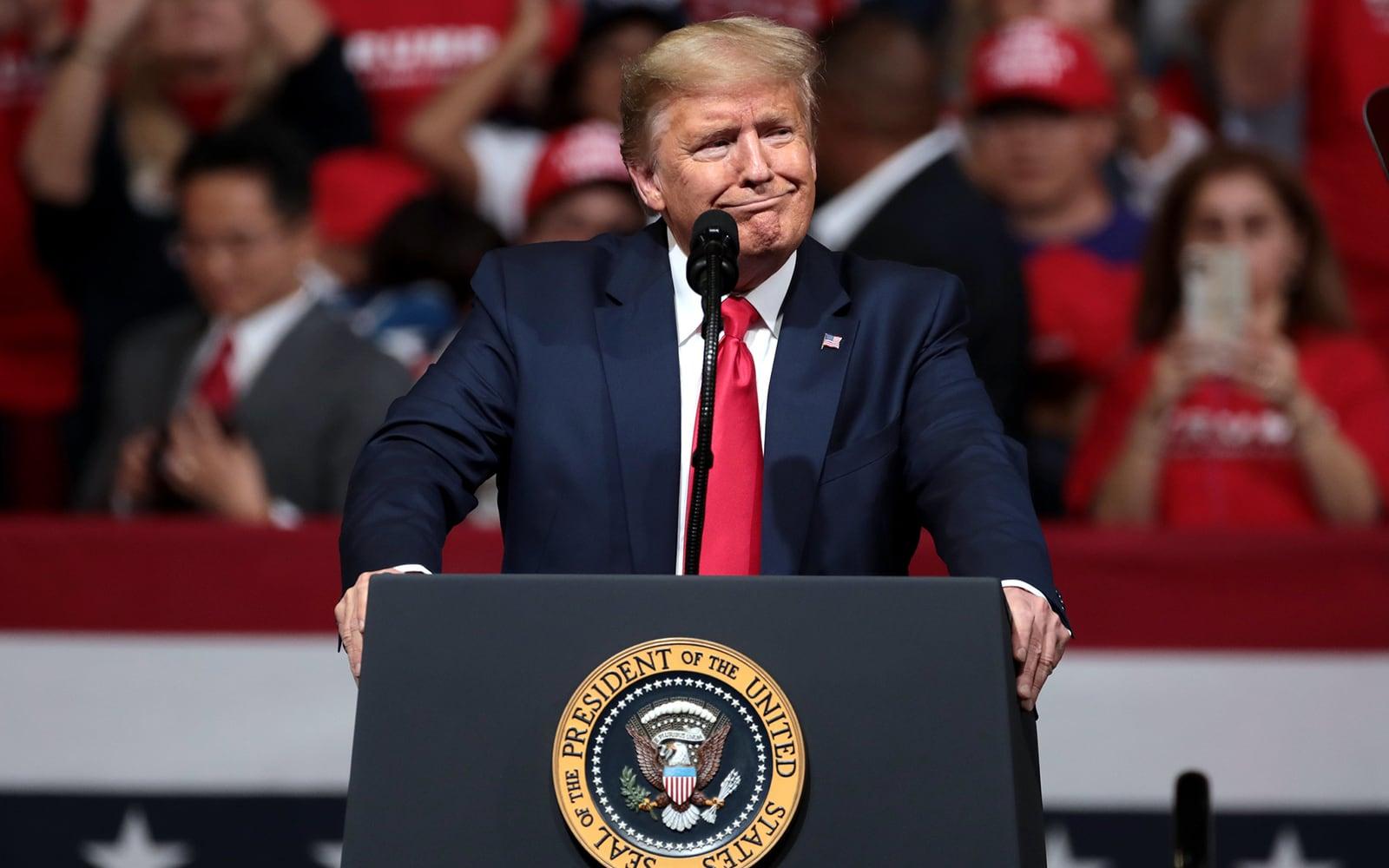Donald Trump’s Dark Patterns

The New York Times’ Shane Goldmacher recently revealed how Donald Trump’s campaign raised extra funds in the final weeks of the 2020 presidential race: it tricked donors who thought they were just making one-time donations into actually making weekly recurring donations.
Stacy Blatt was in hospice care last September listening to Rush Limbaugh’s dire warnings about how badly Donald J. Trump’s campaign needed money when he went online and chipped in everything he could: $500.
It was a big sum for a 63-year-old battling cancer and living in Kansas City on less than $1,000 per month. But that single contribution — federal records show it was his first ever — quickly multiplied. Another $500 was withdrawn the next day, then $500 the next week and every week through mid-October, without his knowledge — until Mr. Blatt’s bank account had been depleted and frozen. When his utility and rent payments bounced, he called his brother, Russell, for help.
What the Blatts soon discovered was $3,000 in withdrawals by the Trump campaign in less than 30 days. They called their bank and said they thought they were victims of fraud.
Here’s how the trick worked:
Facing a cash crunch and getting badly outspent by the Democrats, the campaign had begun last September to set up recurring donations by default for online donors, for every week until the election.
Contributors had to wade through a fine-print disclaimer and manually uncheck a box to opt out.
As the election neared, the Trump team made that disclaimer increasingly opaque, an investigation by The New York Times showed. It introduced a second prechecked box, known internally as a “money bomb,” that doubled a person’s contribution. Eventually its solicitations featured lines of text in bold and capital letters that overwhelmed the opt-out language.
The tactic ensnared scores of unsuspecting Trump loyalists — retirees, military veterans, nurses and even experienced political operatives. Soon, banks and credit card companies were inundated with fraud complaints from the president’s own supporters about donations they had not intended to make, sometimes for thousands of dollars.
In the last two-and-a-half months of 2020 alone, more than 530,000 online refunds totaling $64.3 million were issued to Trump donors — which ought to give you some sense of the chicanery’s scale. (By contrast, Biden’s campaign issued 37,000 online refunds worth $5.6 million for the same time period.)
The Times article includes several screenshots of the “money bomb” and its accompanying language, which grew increasingly elaborate, overwhelming, and even guilt-tinged. And all of it intended to get unwitting Trump supporters to put thousands of dollars in Trump’s coffers without realizing it.
This tactic is a perfect example of a “dark pattern.” The term was coined by Harry Brignull back in 2010 to describe tricks employed by apps and websites to get users to do things that they wouldn’t ordinarily do. Brignull has since catalogued a number of such patterns, including trick questions, hidden costs, “confirmshaming,” and disguising ads as content or navigation. Any time you encounter a pop-up with a “Close” button that’s really hard to see and/or click on, find it needlessly complicated to cancel a service, or get opted in to something against your wishes, then you’ve experienced a dark pattern.
They’ve become increasingly controversial, with lawmakers on both sides of the aisle proposing legislation to crack down on them. But legislation aside, those of us in the design industry really ought to know better. Basically, if you’re a user interface designer who wants to be as professional and conscientious as possible, then you should (1) avoid consciously incorporating dark patterns in your interfaces, (2) regularly verify that dark patterns haven’t accidentally emerged as your interfaces evolve, and (3) push back when others request the implementation of dark patterns.
As for the aforementioned “money bomb,” it’s unclear whether Trump himself actually knew about it, though he defended his campaign’s fundraising tactics in a response to the Times’ report. However, the “money bomb” and its overbearing language certainly feels of a piece with Trump’s own extensive history of grifting, which includes:
- Using funds from the tax-exempt Donald J. Trump Foundation charity for his own personal benefit
- Charging the Secret Service hundreds of thousands dollars to stay in his hotels
- Using his presidency to promote his own businesses
- Downplaying and disputing numerous conflicts of interest
In light of these, it comes as no surprise that his campaign would seek to trick and cajole his supporters, and drain their bank accounts in the process.